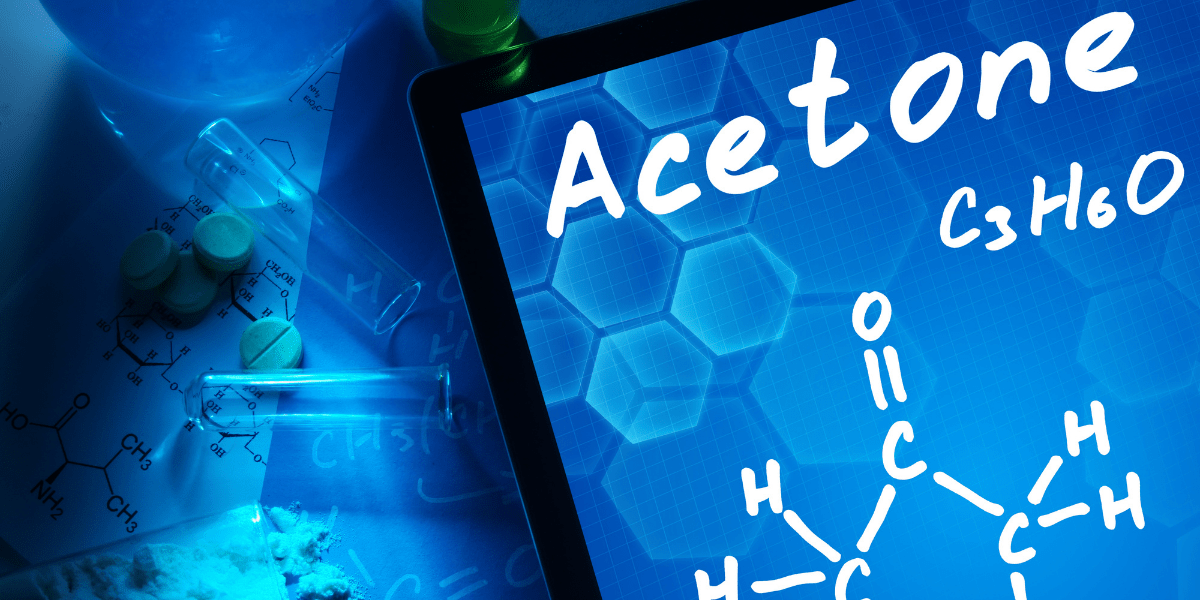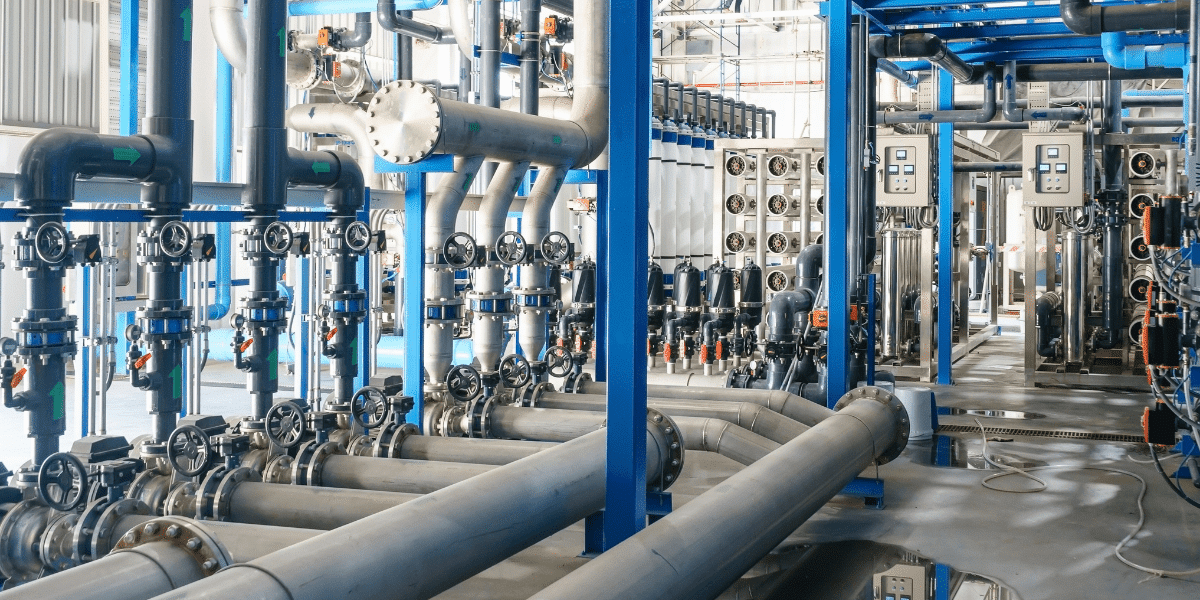Epoxy resins are extremely versatile epoxide polymers used in several industries. But while these resins are frequently applied for various reasons,...
Blog


CHEMICAL INDUSTRY NEWS
Chemical Chat – Discover What’s New!
Acetone For Cleaning Metal
Can you use acetone for cleaning metal? Yes, you can! Acetone is well known as one of the safest solvents to use for cleaning metal. Acetone is...
“Clean Ideas Start With Me” – Naomi Davis
“99.9% effective at killing illness-causing germs and bacteria”. But at what cost? Surely many of us have had this revolutionary slogan embedded...
Cooling Water Treatment Chemicals
What are cooling water treatment chemicals? These are chemicals used in water cooling towers. Water cooling towers are...
Acetone For Cleaning Metal
Can you use acetone for cleaning metal? Yes, you can! Acetone is well known as one of the safest solvents to use for...
Company News

Managed Services
Discover the Latest in Safe and Sustainable Chemical Solutions
Stay informed with Ecolink’s blog! Subscribe now
Chemical Management Information
Stay updated with us
Sign Up for the Latest Updates
Stay informed about chemical supply chain disruptions and emerging innovations to keep your business at the forefront of efficiency and innovation. Uncover new ways to make your business practices more sustainable by incorporating safer products into your cleaning lineup.


























